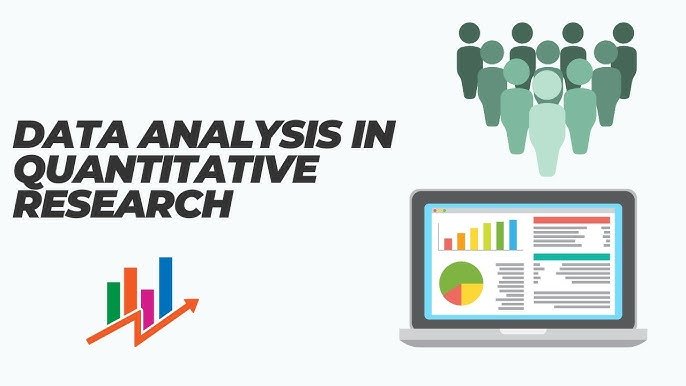Quantitative data analysis—what’s it all about? If you’ve ever wondered how numbers can tell a story or reveal hidden insights, you’re in the right place. This guide will break down everything you need to know about quantitative data analysis, from when and how to use it, to its core components and methods. Ready to dive in? Let’s explore!
What Is Quantitative Data Analysis?
Quantitative data analysis involves examining numerical data to uncover patterns, trends, and relationships. Unlike qualitative data, which focuses on descriptive insights, quantitative analysis uses statistical tools to provide concrete evidence. Think of it like looking at a city map: you’re not just admiring the scenery; you’re using the map to find the best route to your destination.
When Should You Use Quantitative Analysis?
So, when’s the right time to use quantitative analysis? Imagine you’re trying to determine if a new marketing campaign is effective. Quantitative analysis helps you measure key performance indicators like sales figures and customer engagement rates. It’s perfect for scenarios where you need precise, objective data to make informed decisions.
How Does Quantitative Analysis Work?
Quantitative analysis works by collecting numerical data and applying statistical techniques to interpret it. The process typically involves these steps:
- Data Collection: Gather data through surveys, experiments, or existing databases.
- Data Cleaning: Prepare the data by removing errors and inconsistencies.
- Data Analysis: Use statistical methods to identify patterns and relationships.
- Interpretation: Draw conclusions based on the analysis and make data-driven decisions.
Think of this process as baking a cake. You start with raw ingredients (data collection), mix them well (data cleaning), follow a recipe (data analysis), and finally enjoy the result (interpretation).

The Two “Branches” of Quantitative Analysis
Quantitative analysis is like a tree with two main branches: descriptive statistics and inferential statistics. Let’s explore these branches:
Descriptive Statistics 101
Descriptive statistics involve summarizing and organizing data to describe its main features. It includes measures like:
- Mean: The average value.
- Median: The middle value when data is sorted.
- Mode: The most frequent value.
- Standard Deviation: A measure of data dispersion.
Think of descriptive statistics as the summary page of a book. It gives you a snapshot of the story without diving into the full details.
Inferential Statistics 101
Inferential statistics, on the other hand, make predictions or inferences about a population based on a sample of data. It includes techniques like:
- Hypothesis Testing: Determining if a result is statistically significant.
- Regression Analysis: Exploring relationships between variables.
- Confidence Intervals: Estimating the range within which a population parameter lies.
Inferential statistics are like forecasting the weather. You use past data (sample) to predict future conditions (population).
How to Choose the Right Quantitative Methods
Choosing the right quantitative methods depends on your research question and data type. Here are a few tips:
- Define Your Objectives: What are you trying to find out? This will guide your method selection.
- Understand Your Data: Know whether your data is categorical or continuous, and choose methods accordingly.
- Consider the Scale: Different methods apply to different scales of measurement (nominal, ordinal, interval, ratio).
Imagine you’re selecting a tool for a job. The right choice depends on the task at hand—just like picking the right quantitative method depends on your research goals and data.
Recap & Summary
In summary, quantitative data analysis is a powerful tool for uncovering insights from numerical data. By understanding and applying both descriptive and inferential statistics, you can make informed decisions and reveal trends that might not be immediately obvious. Remember, the key to effective analysis is choosing the right methods and interpreting the data in the context of your objectives.
Read More: How Top Market Research Companies Can Transform Your Business Strategy
Conclusion
Quantitative data analysis isn’t just for statisticians—it’s a valuable skill for anyone who needs to make data-driven decisions. By mastering the basics of descriptive and inferential statistics and learning how to choose the right methods, you can turn numbers into meaningful insights. So, next time you’re faced with a pile of data, remember: with the right approach, you can unlock its full potential.







